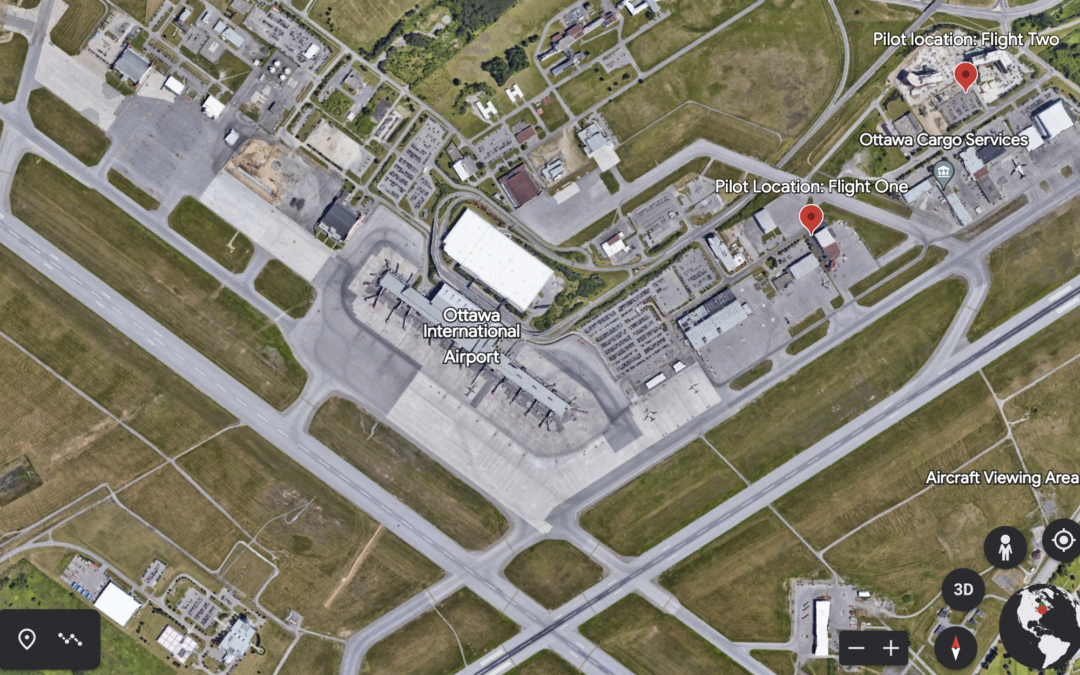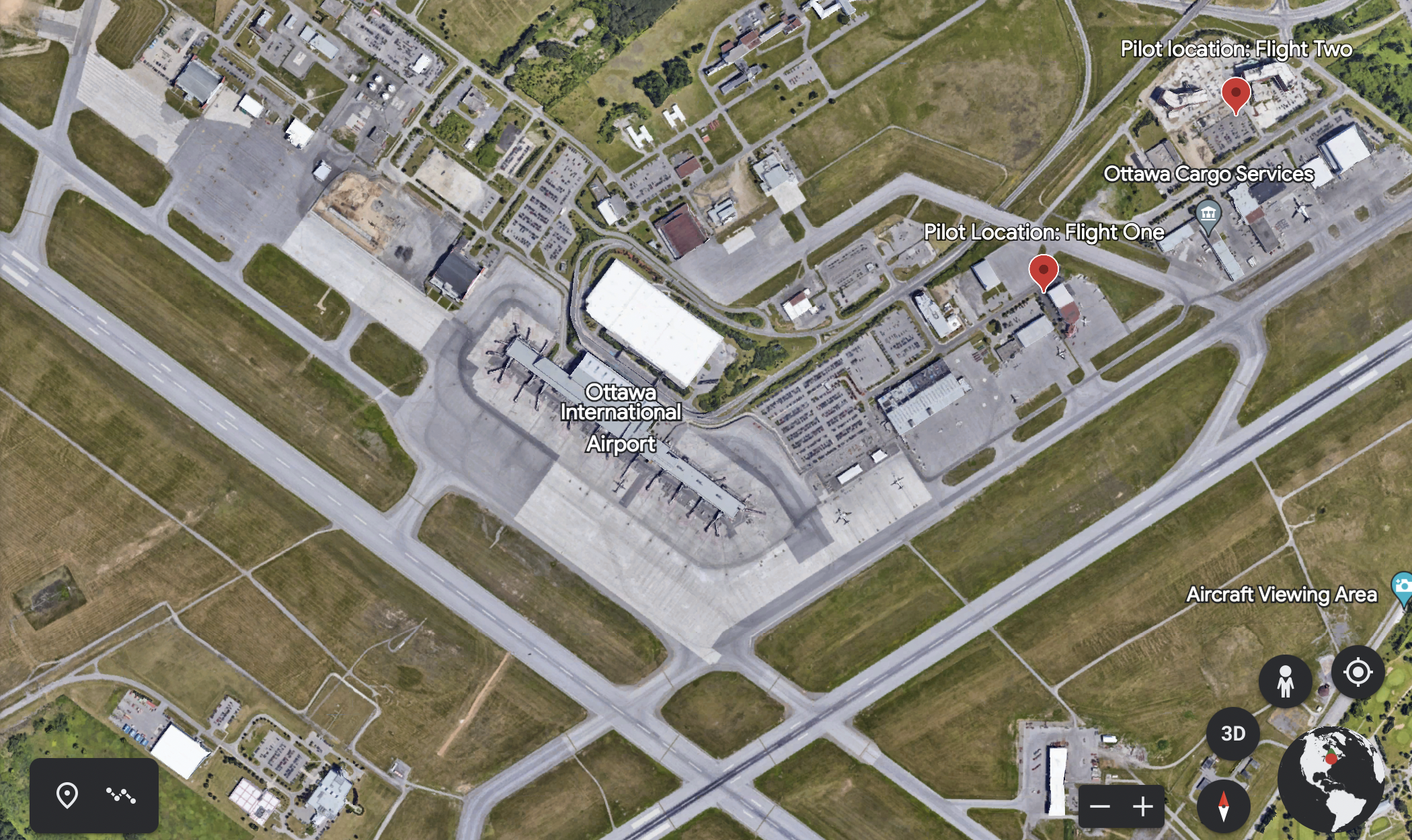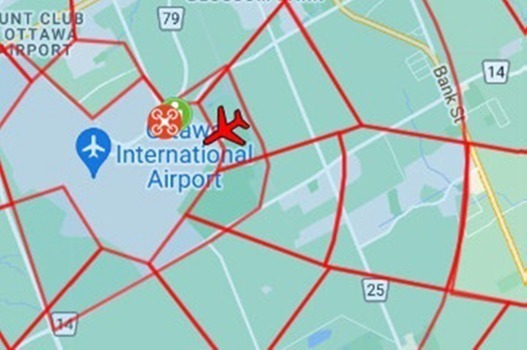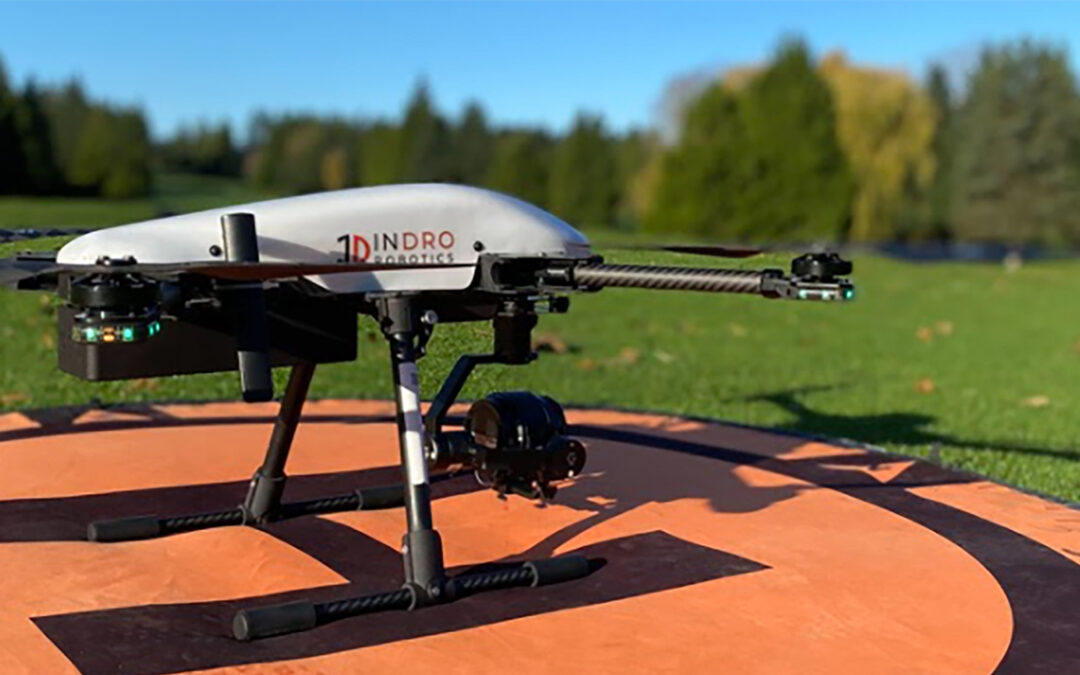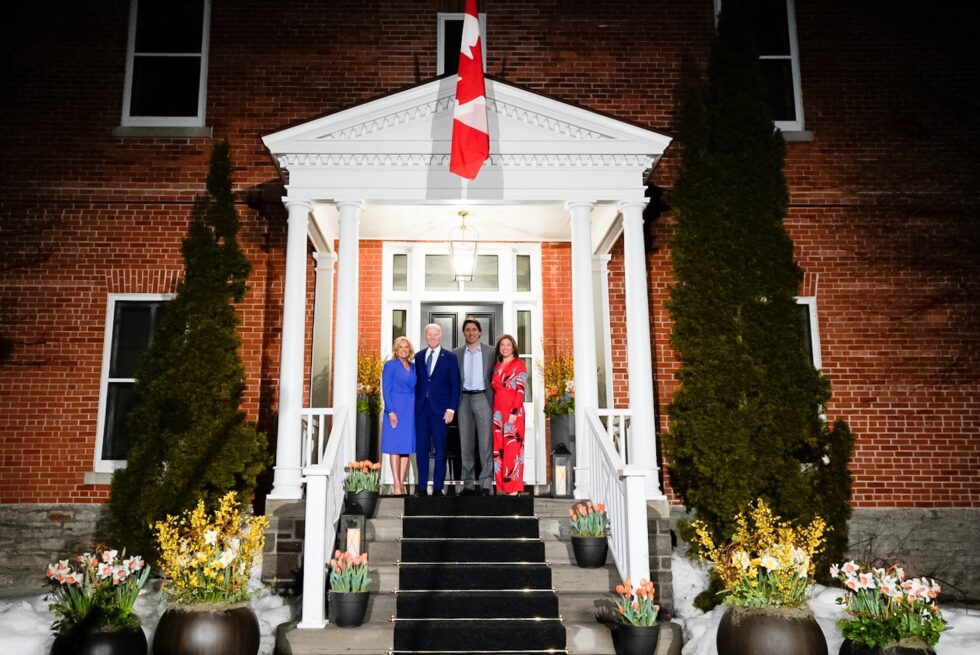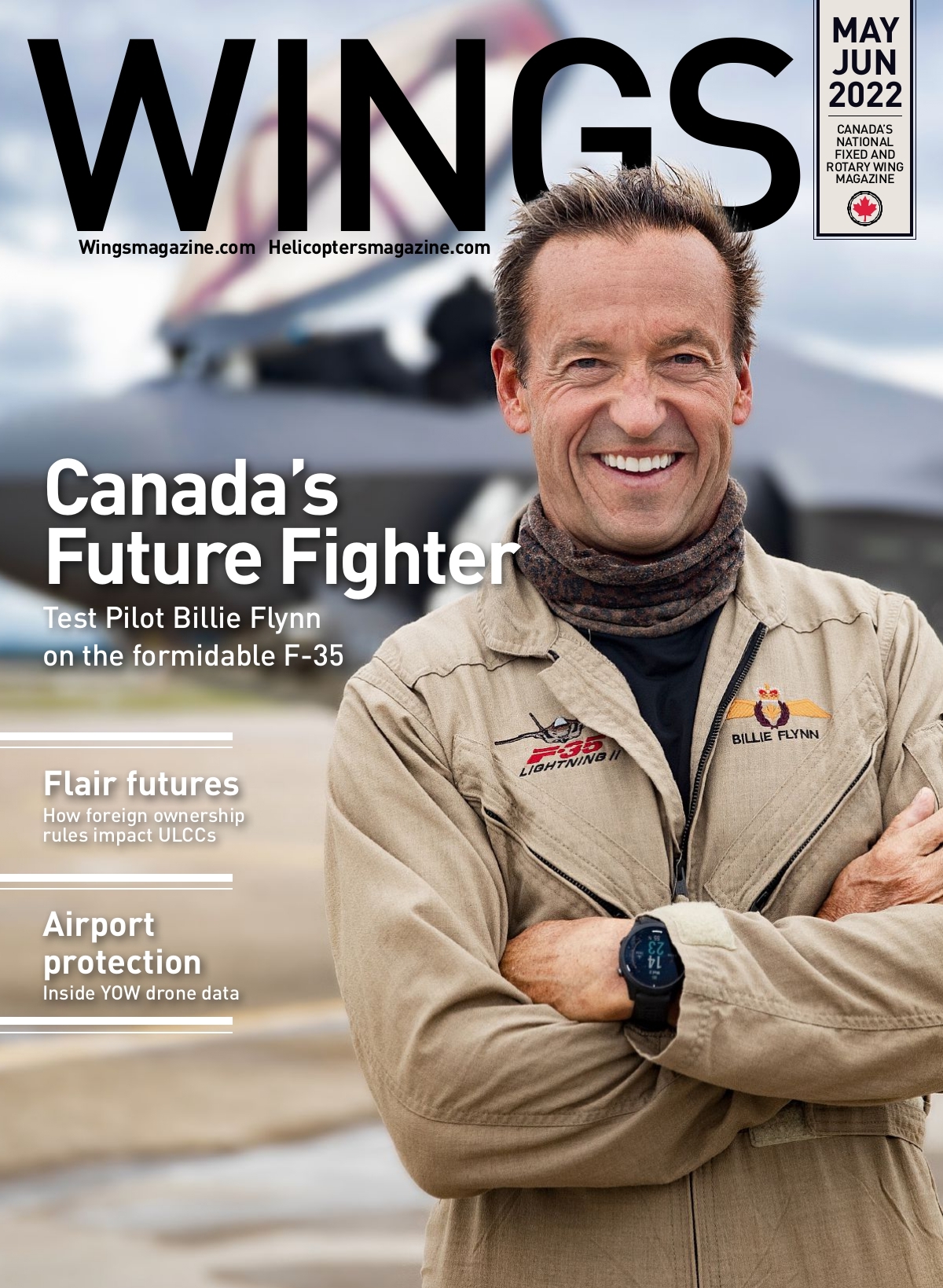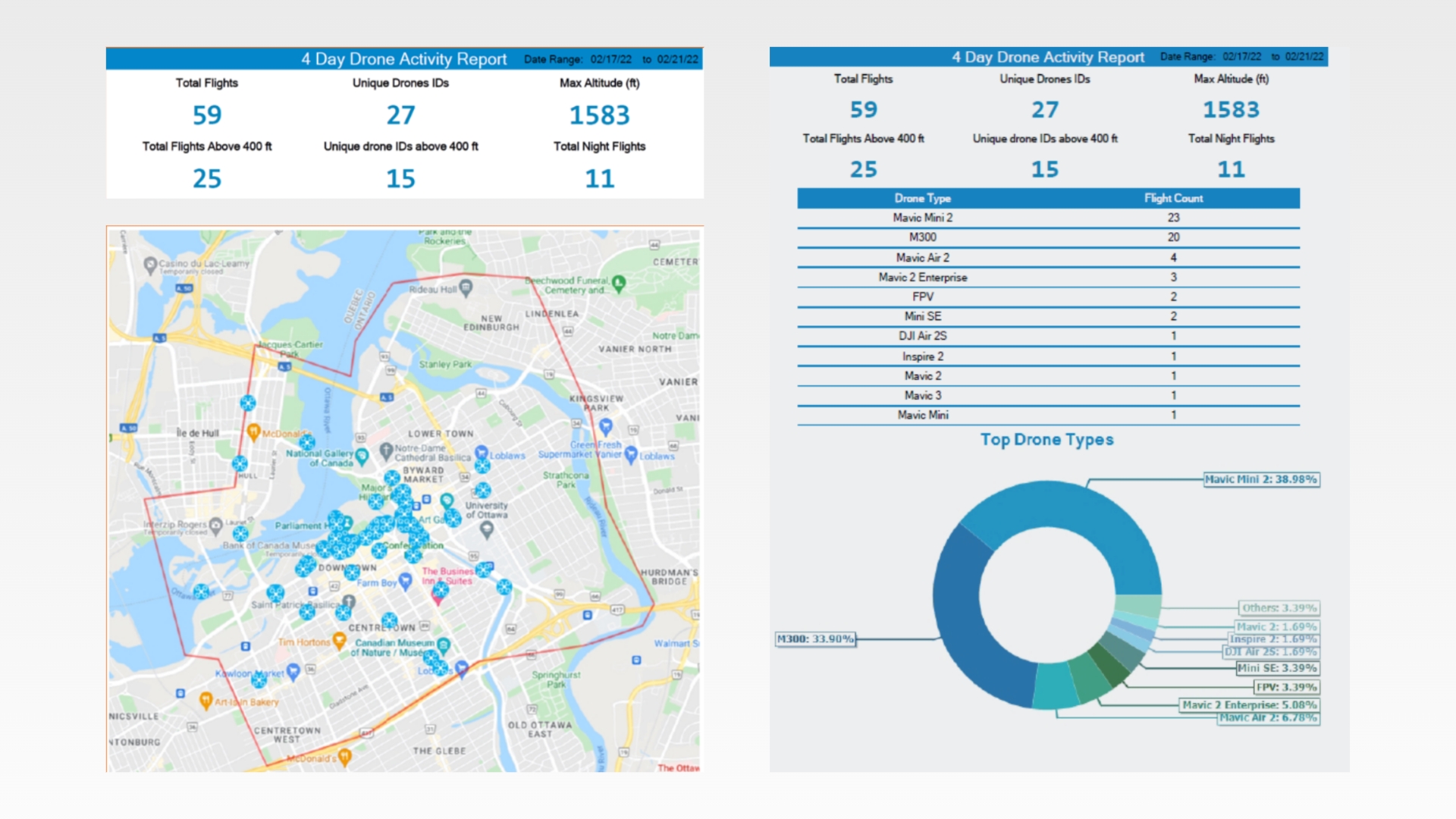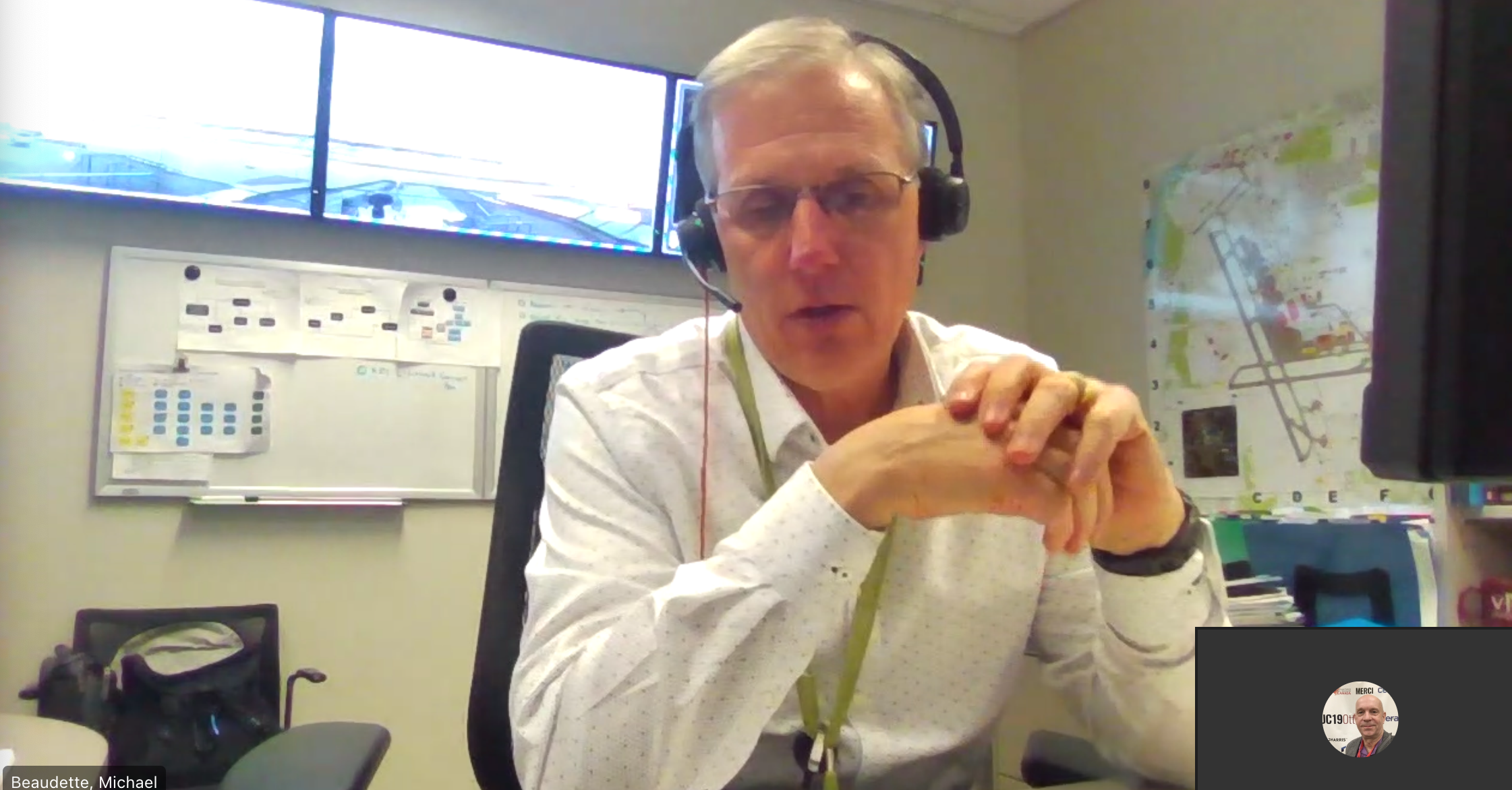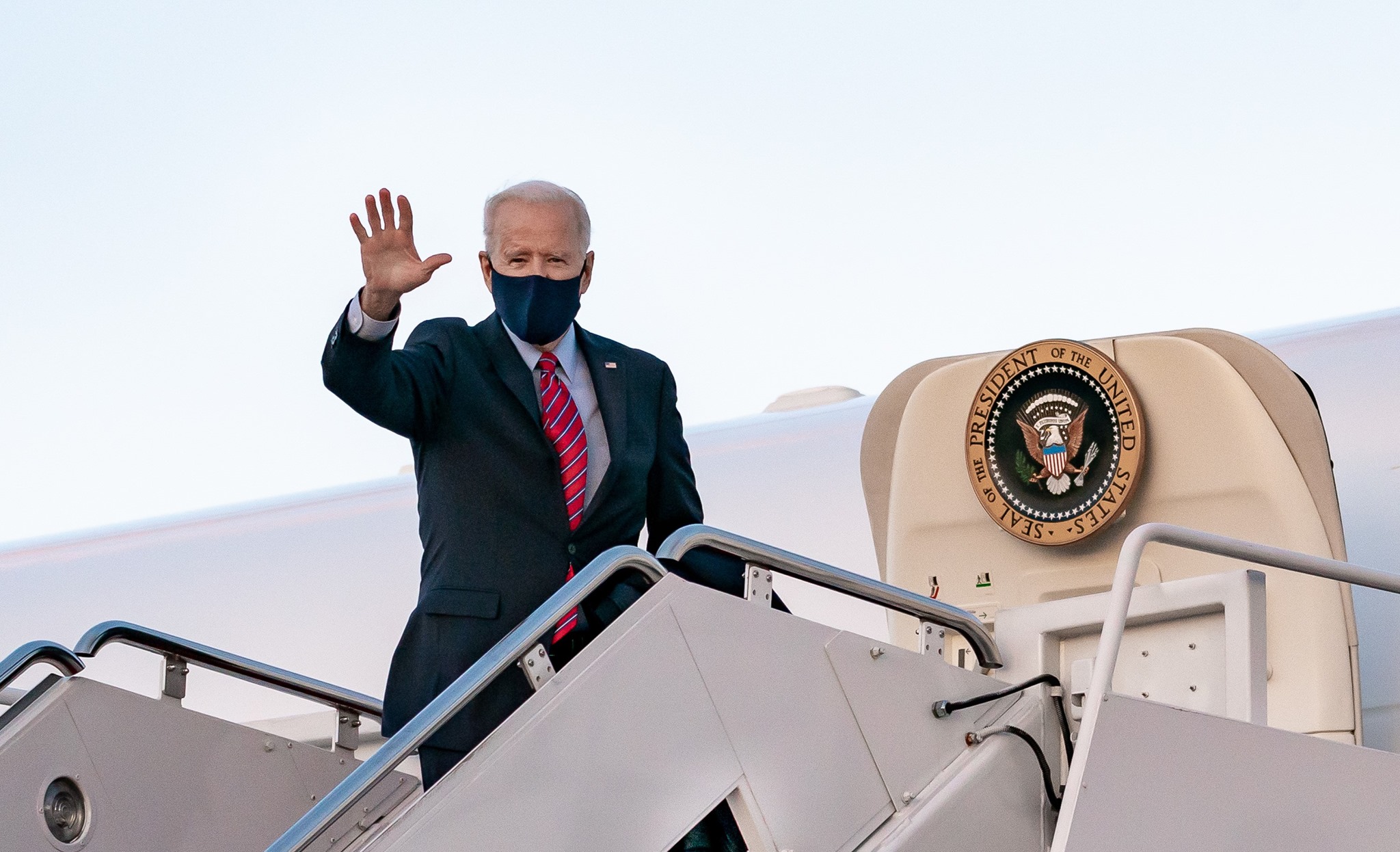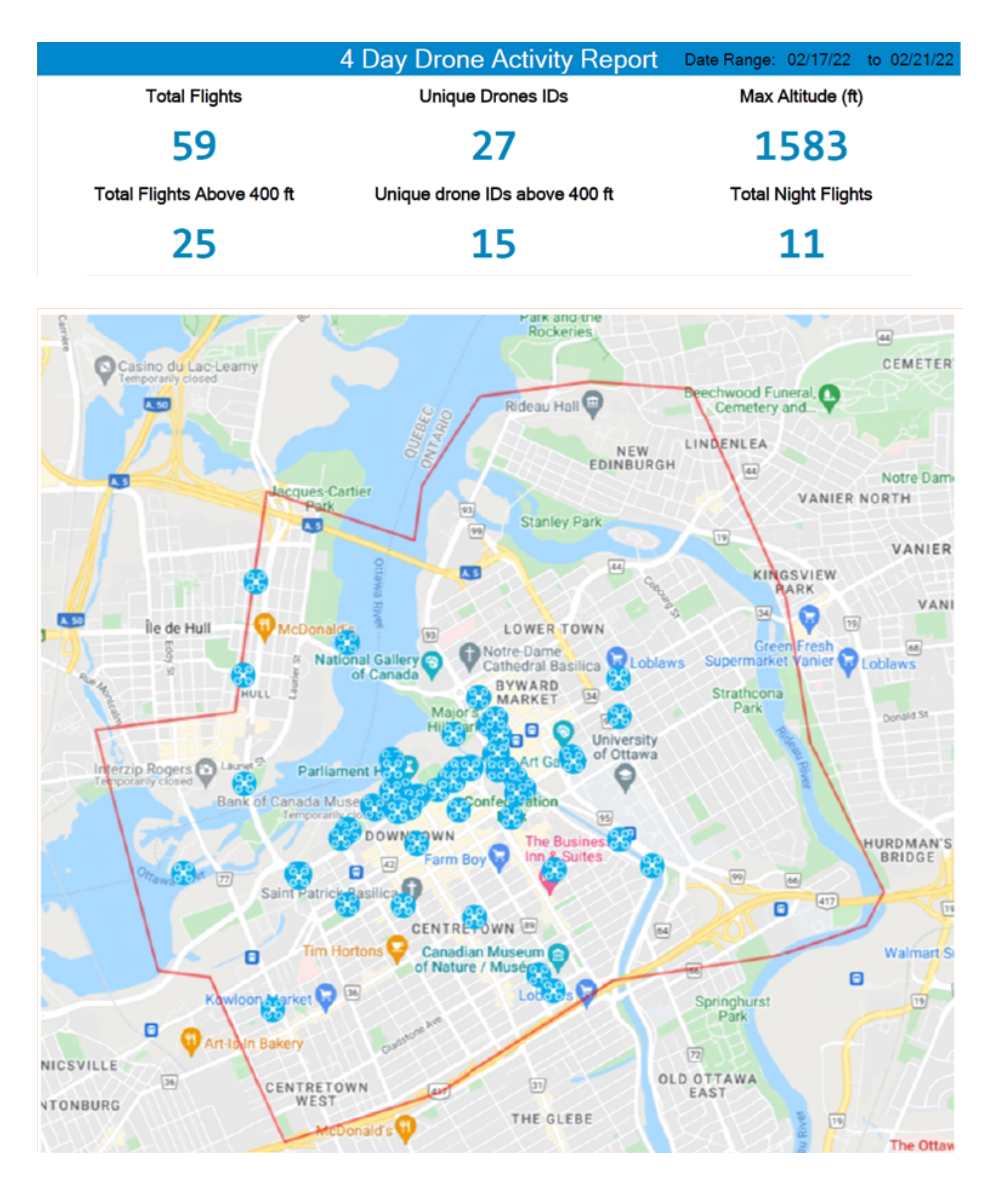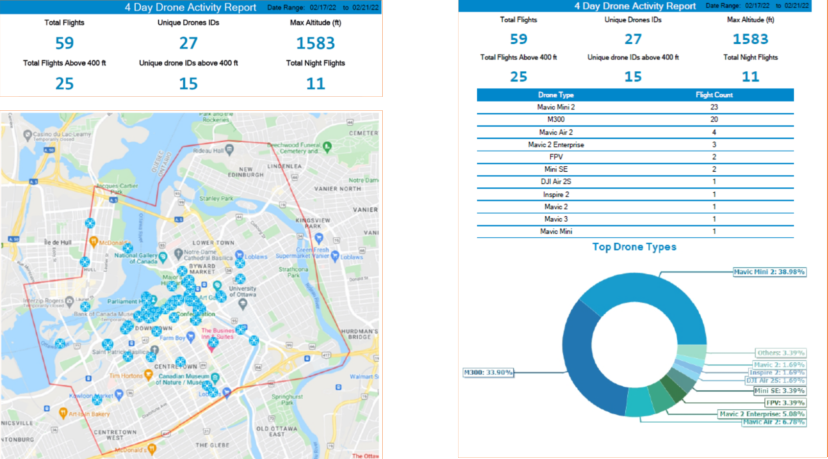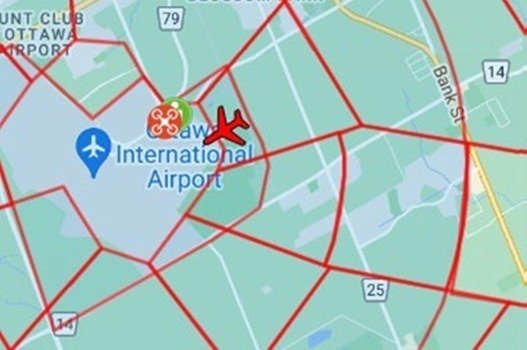
YOW Drone incident recounted in WINGS magazine
By Scott Simmie
If you follow the news from Indro Robotics regularly, you’re likely aware we’re the key technology provider for the YOW Drone Detection Pilot Project.
For several years, we’ve been involved in detecting drones flying in proximity to the Ottawa Macdonald-Cartier International Airport. The data is collated into regular reports and shared with partners including Transport Canada, NAV Canada and the RCMP. It has also proven invaluable in assisting YOW with developing protocols for drone incursions and even apprehension of individuals violating RPAS airspace rules.
Among the project highlights we’ve covered in the past:
- Illegal drone flights over restricted areas in the National Capital Region during the convoy protests
- The use of the system by the US Secret Service during President Biden’s visit to Ottawa
- The detection of illegal flights at YOW and subsequent Transport Canada fines for the operator
These stories have been picked up by multiple news outlets in the past, including the Ottawa Citizen, CBC News, sUASNEWS, DroneDJ – and many more. In fact, here’s one those CBC pieces, covering the drone detection used during President Joe Biden’s visit:
THE YOW INCURSION
One 2022 incident at YOW, where the pilot was caught in the act, has received a lot of attention throughout the industry. The operator was ultimately fined $3021 for violating a number of rules laid out in the Canadian Aviation Regulations (CARs).
The incident not only proved the real-time capabilities of the technology (including its ability to locate the pilot), but highlighted the many specific regs that had been violated. Transport Canada investigated and ultimately issued significant sanctions – a cautionary tale for those who might be uninformed about or wilfully violate the strict rules governing RPAS use in close proximity to airports/aerodromes etc.
This week, we noticed WINGS Magazine highlighted the story in its November/December edition.
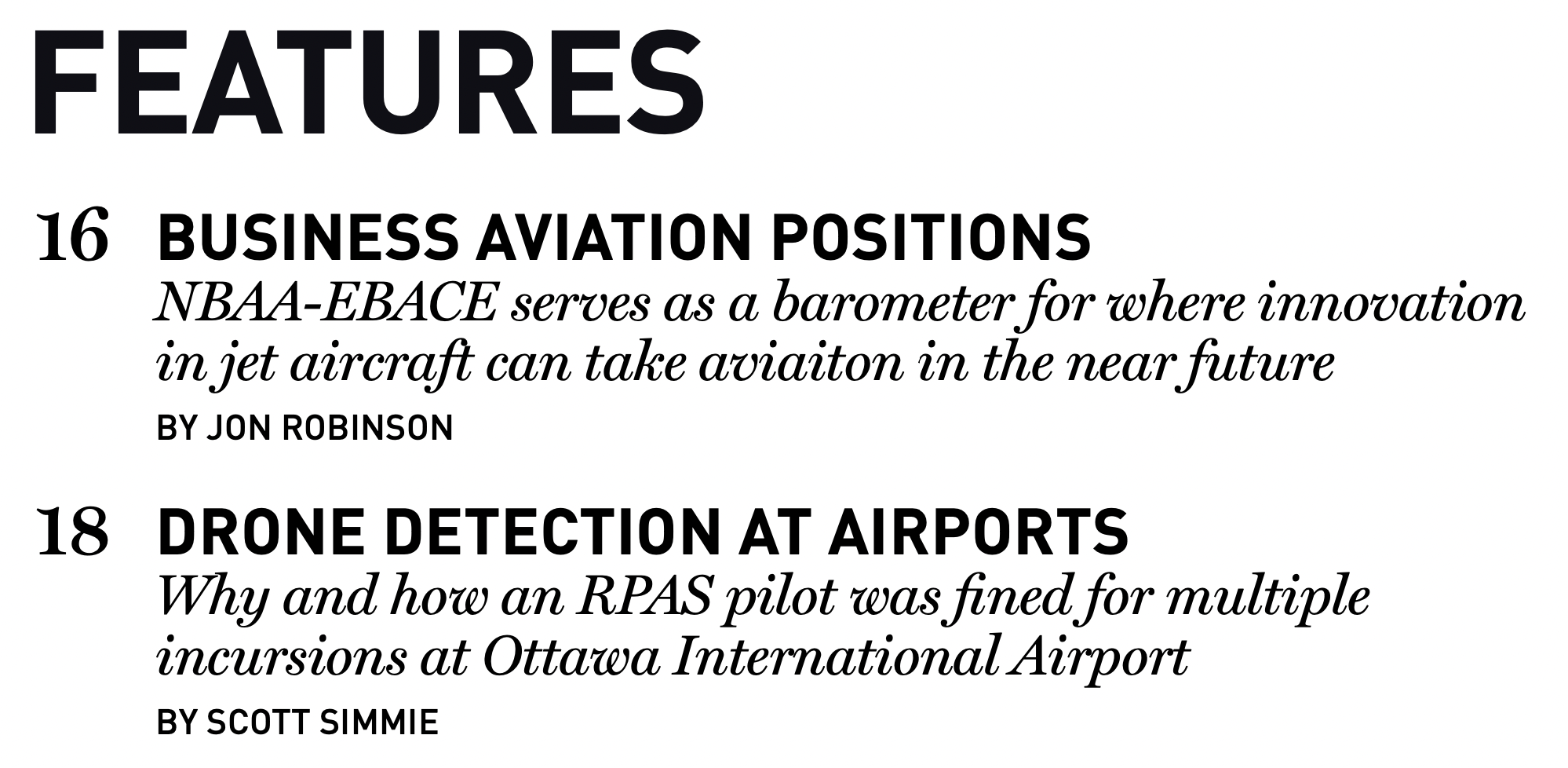
PLAY-BY-PLAY
The data obtained during that December 2022 incursion is highly detailed. In fact, it offers a moment-by-moment description of how the flights went down (and up), along with how YOW authorities responded to the event. You can find the WINGS article online here, but we’ve also pasted it below for your convenience.
Apologies for the split headline, but this was a double-truck page.

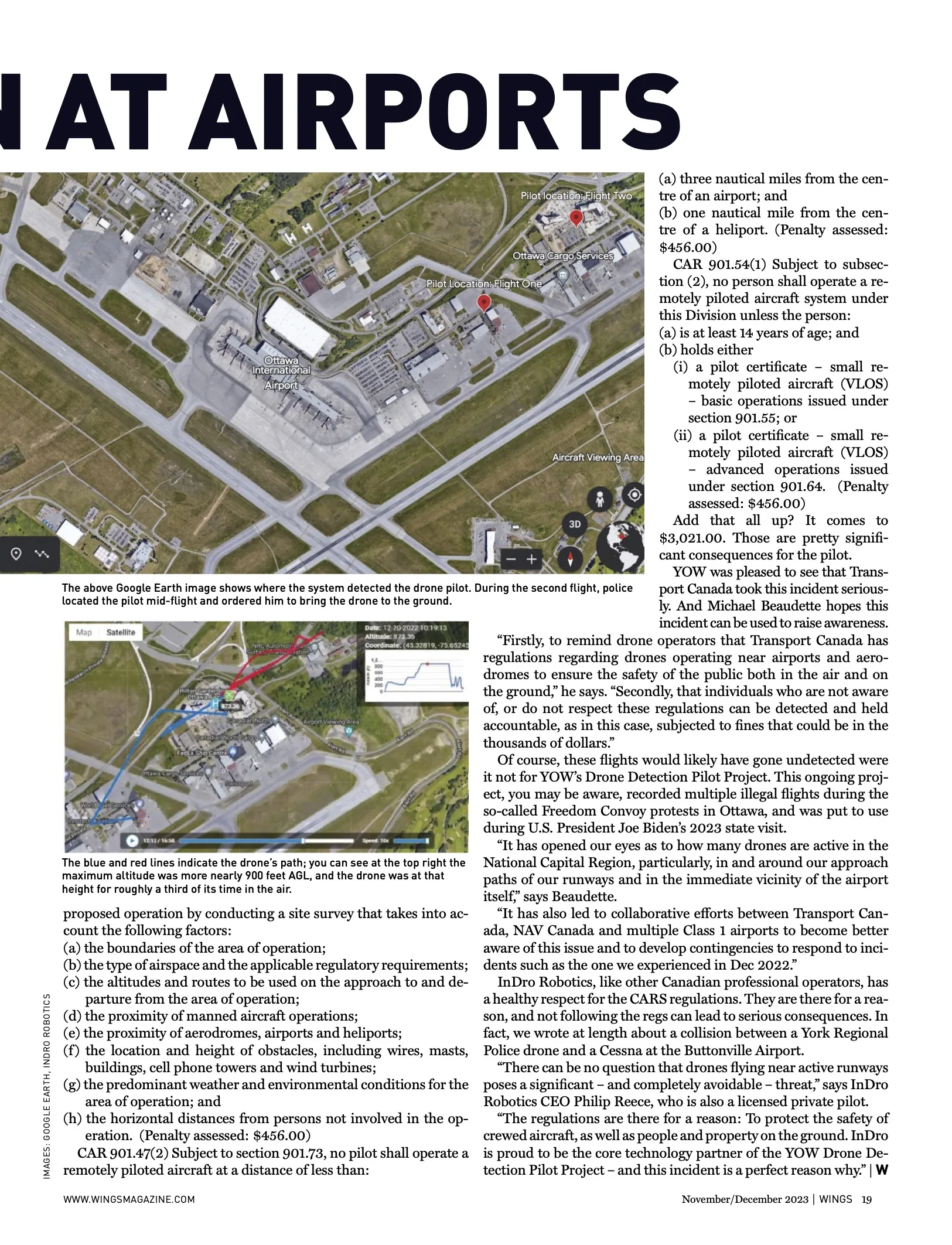
INDRO’S TAKE
We’re grateful to WINGS Magazine Editor Jon Robinson for amplifying our YOW drone incursion story. The more that incidents like these are publicised, it’s reasonable to assume that fewer will occur as people learn more about the regulations and penalties.
It’s also clear, as was demonstrated at the 2023 Aerial Evolution Association of Canada conference, that drone mitigation technology continues to improve. During the event, there was a demonstration of a drone that can track down and disable a rogue RPAS with the kinetic firing of a net. (Radio Frequency jamming is not permitted under Industry Canada rules except in extraordinary circumstances.)
“We’re pleased to see that this story is still making the rounds, and hopefully educating drone operators who may be unfamiliar with the rules and penalties,” says InDro Robotics CEO Philip Reece.
“But we’re even more pleased to see that incidents such as these are relatively rare. The YOW Drone Detection Pilot Project has captured very valuable data over the years – and continues to do so.”
Interested in drone detection and mitigation solutions for your airport, stadium or other sensitive asset? InDro subsidiary Bravo Zulu has multiple options and can be contacted here.

